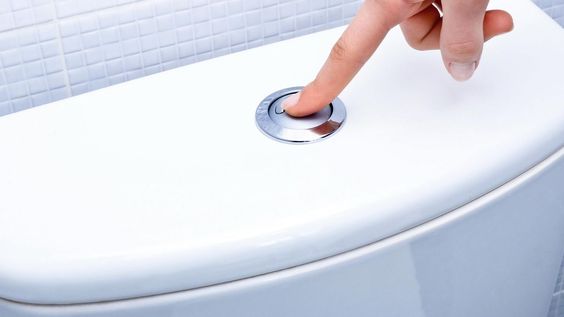3 Ways to Fix a Slow Toilet

A slow toilet can be a source of frustration for homeowners. It can cause bathroom odors, inefficient flushing, and may even increase your water bill. Luckily, there are several techniques you can use to fix a slow toilet and improve its overall functionality. Here, we will discuss three methods for fixing a slow toilet.
1. Unclog the Toilet Bowl
Clogged toilets are a common reason for slow flushing. If you suspect your toilet is clogged, follow these steps:
a) Use a plunger: Get a good quality plunger making sure it has a flange (an extended rubber lip). Place the plunger in the toilet bowl and push down firmly, then pull up slowly until the suction clears the blockage.
b) Use an auger: If the plunger doesn’t work, try using a toilet auger (also called a plumber’s snake). Insert the end of the auger into the drain hole, turning it clockwise as you push it down. This should clear any obstructions in the pipe.
c) Call a professional: If both of these methods fail, consider calling in a professional plumber to diagnose and fix the issue.
2. Clean the Rim Holes and Siphon Jet
Mineral buildup or debris in the rim holes and siphon jet may also cause slow flushing. To clean these components, follow these steps:
a) Turn off the water supply to your toilet by shutting off the valve located behind or below your toilet tank.
b) Flush your toilet to empty water from the bowl and tank.
c) Mix equal parts of white vinegar and hot water in a spray bottle. Generously spray this mixture onto any exposed rim holes and siphon jet.
d) Let it sit for approximately 30 minutes before scrubbing with an old toothbrush or stiff brush.
e) Turn on your water supply and flush to see if the problem is resolved.
3. Adjust or Replace the Flapper
A faulty flapper can result in a slow or inefficient flush. Here’s how to check and replace it:
a) Open the tank lid and inspect the flapper for any signs of wear or damage. It should be evenly seated on the flush valve when closed.
b) If the flapper appears damaged, turn off the water supply and replace the flapper with a new one according to the manufacturer’s instructions.
c) For minor adjustments, try changing the chain length that connects the flapper to the flush handle. This can help create a tighter seal for improved flushing.
In conclusion, unclogging your toilet bowl, cleaning your rim holes and siphon jet, and adjusting or replacing your flapper are three effective methods for fixing a slow toilet. Trying these techniques can improve your bathroom experience, keep odors at bay, and potentially save on water usage.





